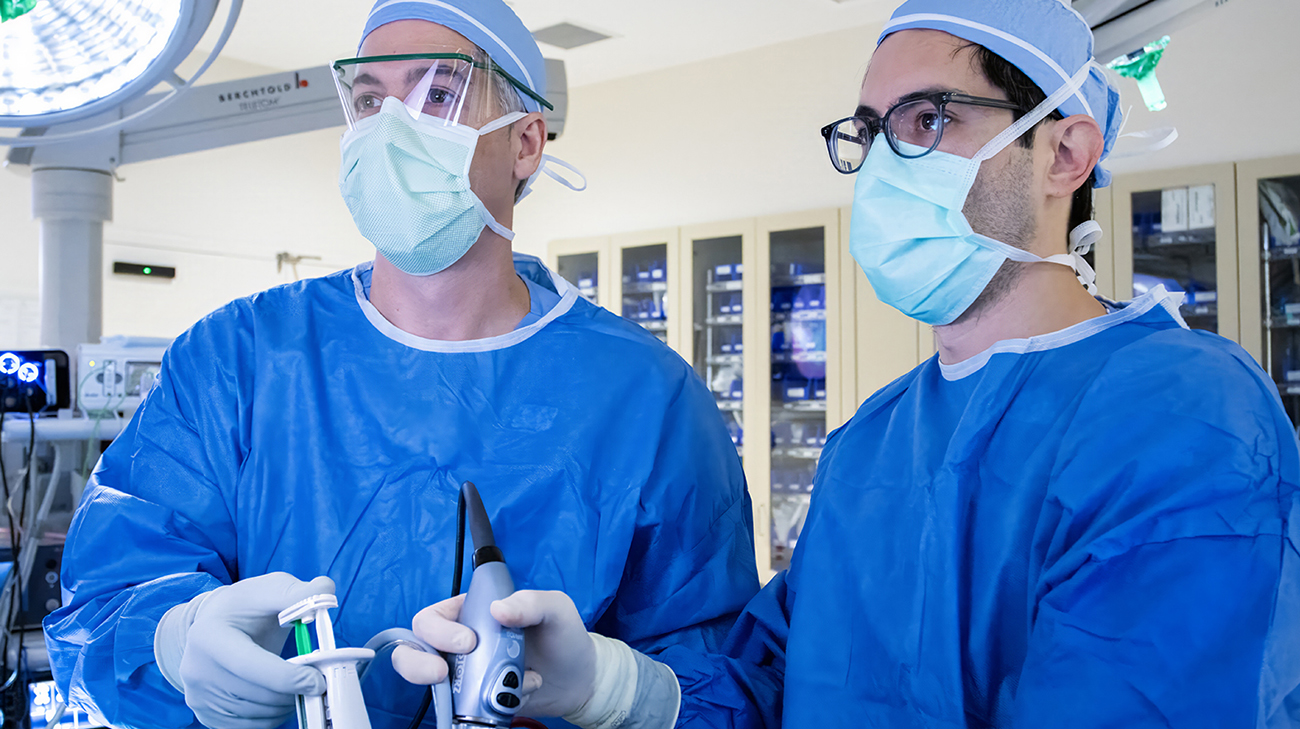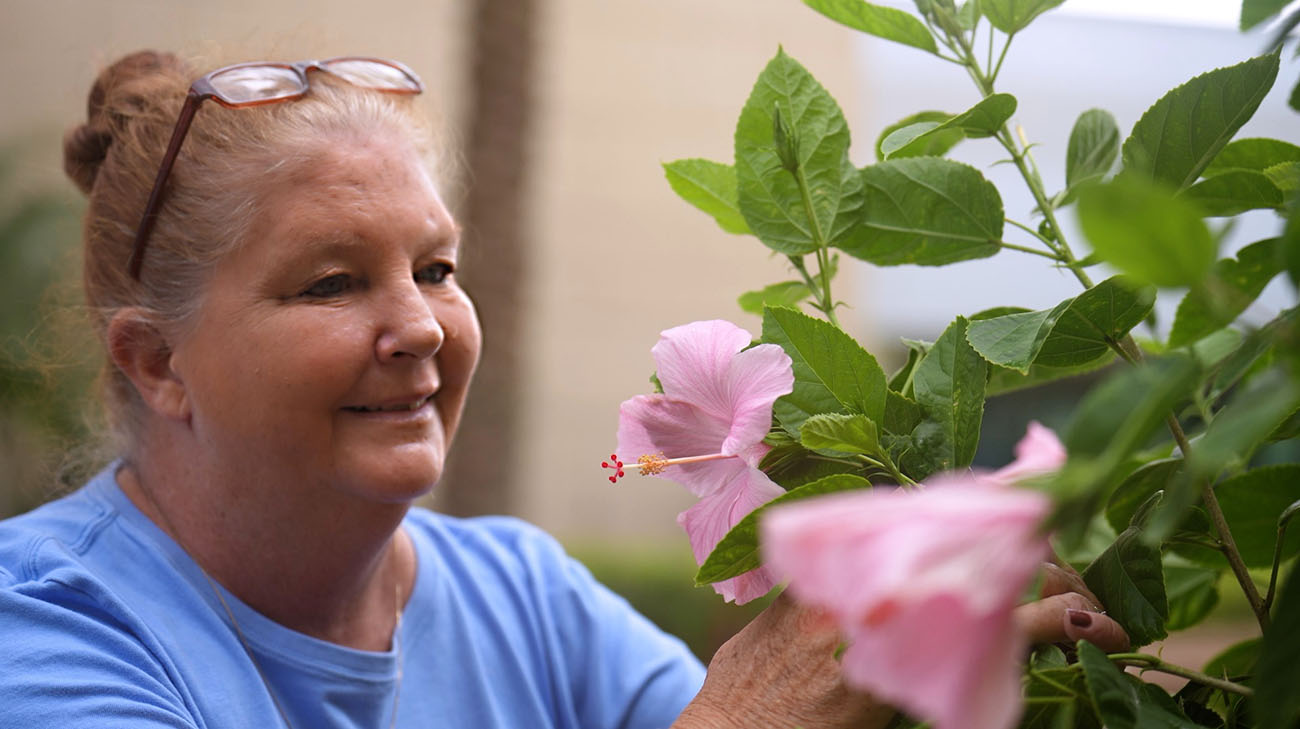When Patricia Roth, 60, went to an ophthalmologist for an eye examination, she thought she would leave with an eyeglass prescription to remedy her worsening vision. She was quite surprised when the doctor told her to go to the emergency room instead.
Unknown to her, Patricia had craniopharyngioma, a rare noncancerous brain tumor near the pituitary gland that was putting pressure on her optic nerve and causing her progressive vision loss.
“I went very quickly from having sight problems to being completely blind,” Patricia says.
Mauricio Mandel, MD, a neurosurgeon for Cleveland Clinic Martin Health, said that to save her vision they needed to work quickly to try to remove the tumor and restore her normal anatomy.
Because of the location of the tumor, Dr. Mandel was able to take a minimally invasive approach to the surgery. Working in collaboration with Daniel Benito, MD, an otolaryngologist and head and neck surgeon with Cleveland Clinic Martin Health, they performed the operation to remove the tumor using a nasal endoscopic approach – inserting instruments through the nose and via a natural passageway to the site of the tumor. The alternative was a traditional open surgery in which part of the skull is removed to access the tumor (craniotomy). That, Dr. Mandel said, was “not ideal.” Going through the nose would give them a better view of the tumor and surrounding tissues.

Mauricio Mandel, MD and Daniel Benito, MD
“This approach is also considered safer and more effective,” Dr. Mandel says.
With Dr. Benito guiding the instruments through the nasal cavity, a “very small corridor,” Dr. Mandel was able to successfully remove all of the tumor.
Patricia woke up in the ICU and, after three weeks of having been completely blind, saw the ceiling tiles.
“I’ve never been so happy to see ceiling tiles,” she says. “I knew that could only mean my sight was back.”
She is back to doing all of the things she loves, including cooking, walking with her dogs, reading and doing needlework. And she is very grateful.

Patricia Roth.
“I am so lucky to have my eyesight restored so I can see this beautiful world,” Patricia says. “In an instant so many things can be taken away and your whole life can be turned upside down and there’s really nothing you can do unless you have people like Dr. Mandel and his team to help.”
Dr. Benito and Dr. Mandel say they feel gratified knowing they were able to restore Patricia’s vision. They credit Cleveland Clinic’s collaborative environment for making the minimally invasive surgery with the nasal endoscopic approach possible. The “marrying” of otolaryngology and neurosurgery in this case is an example of “the kind of integration among specialties that is really unique at Cleveland Clinic.”
“She is back to her normal life,” Dr. Mandel says. “That is what is most satisfying for us.”
Related Institutes: Neurological Institute, Head & Neck InstitutePatient Stories
How Fibroid Surgery Helped Woman Restore Her Hope for Motherhood
Dec 1, 2025
“Cleveland Clinic doctors and staff are so passionate and professional and so caring in the way they treat patients. They are always on top of their game.”


